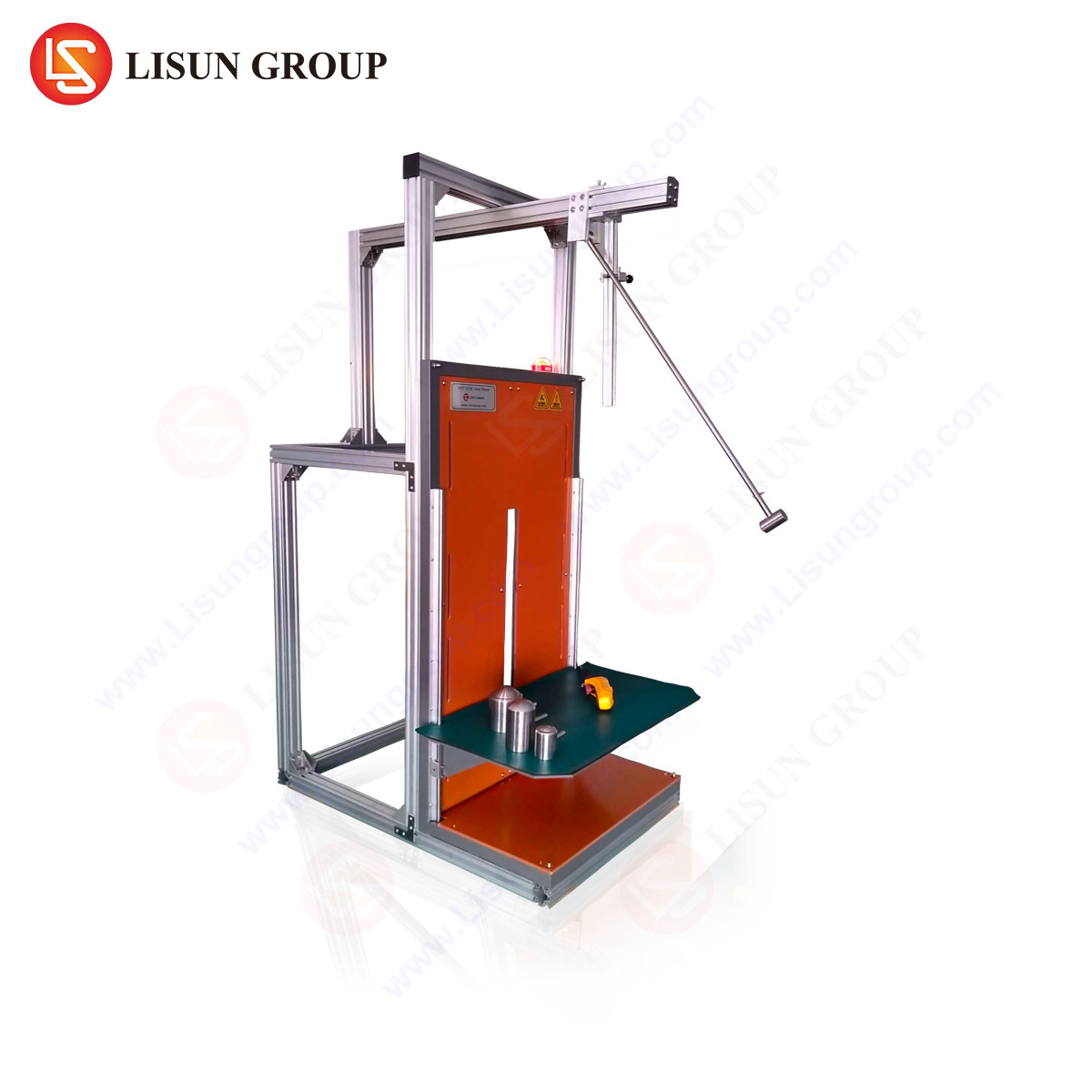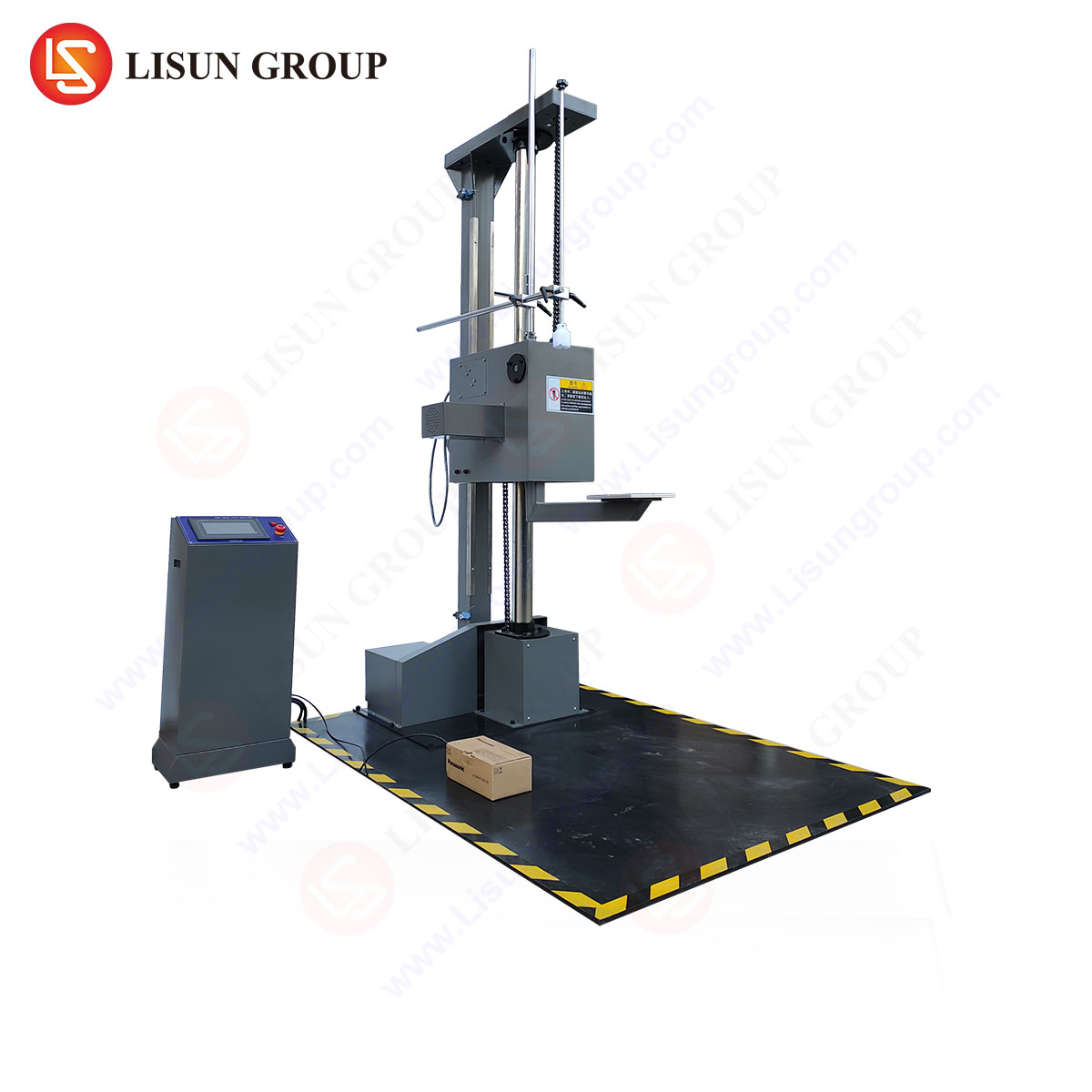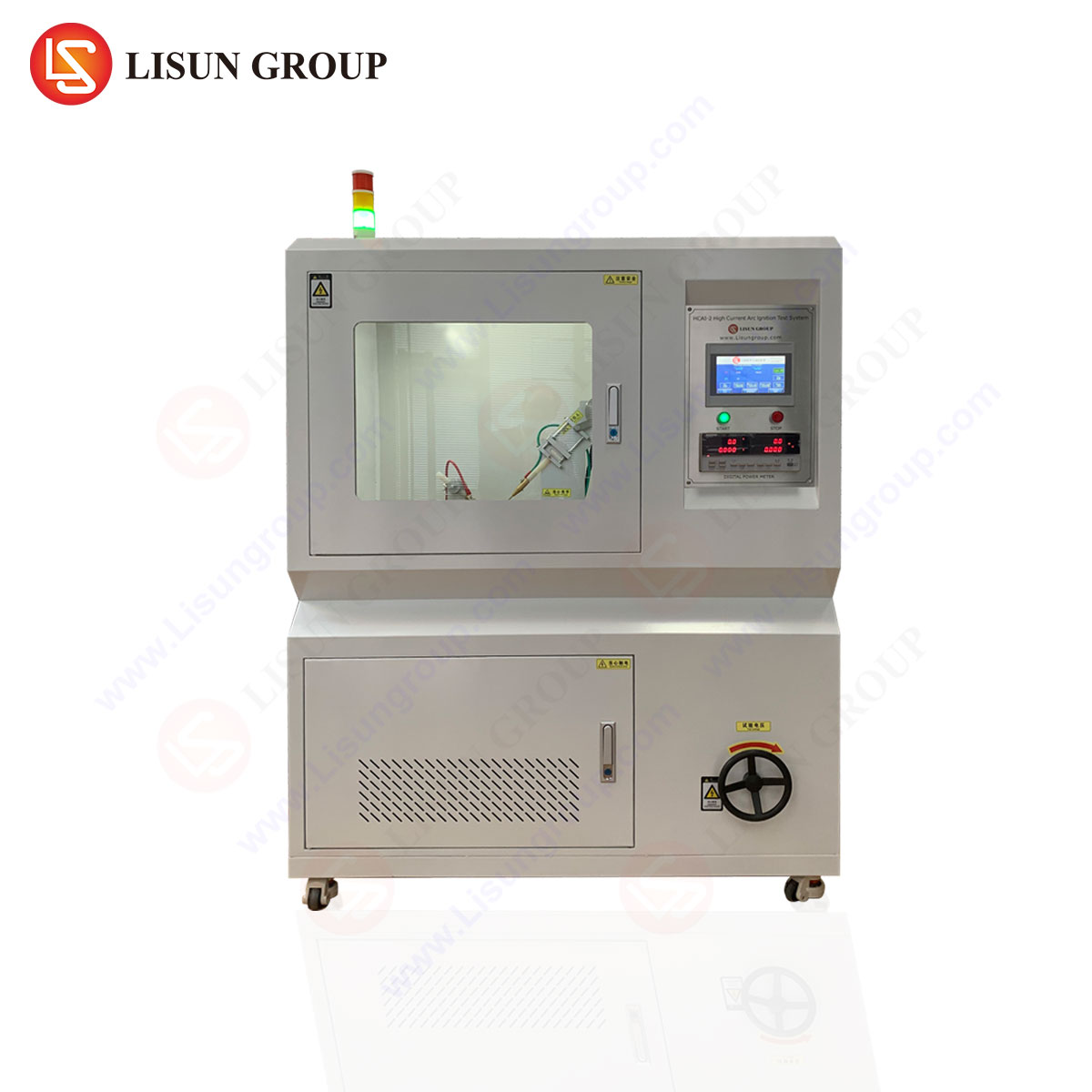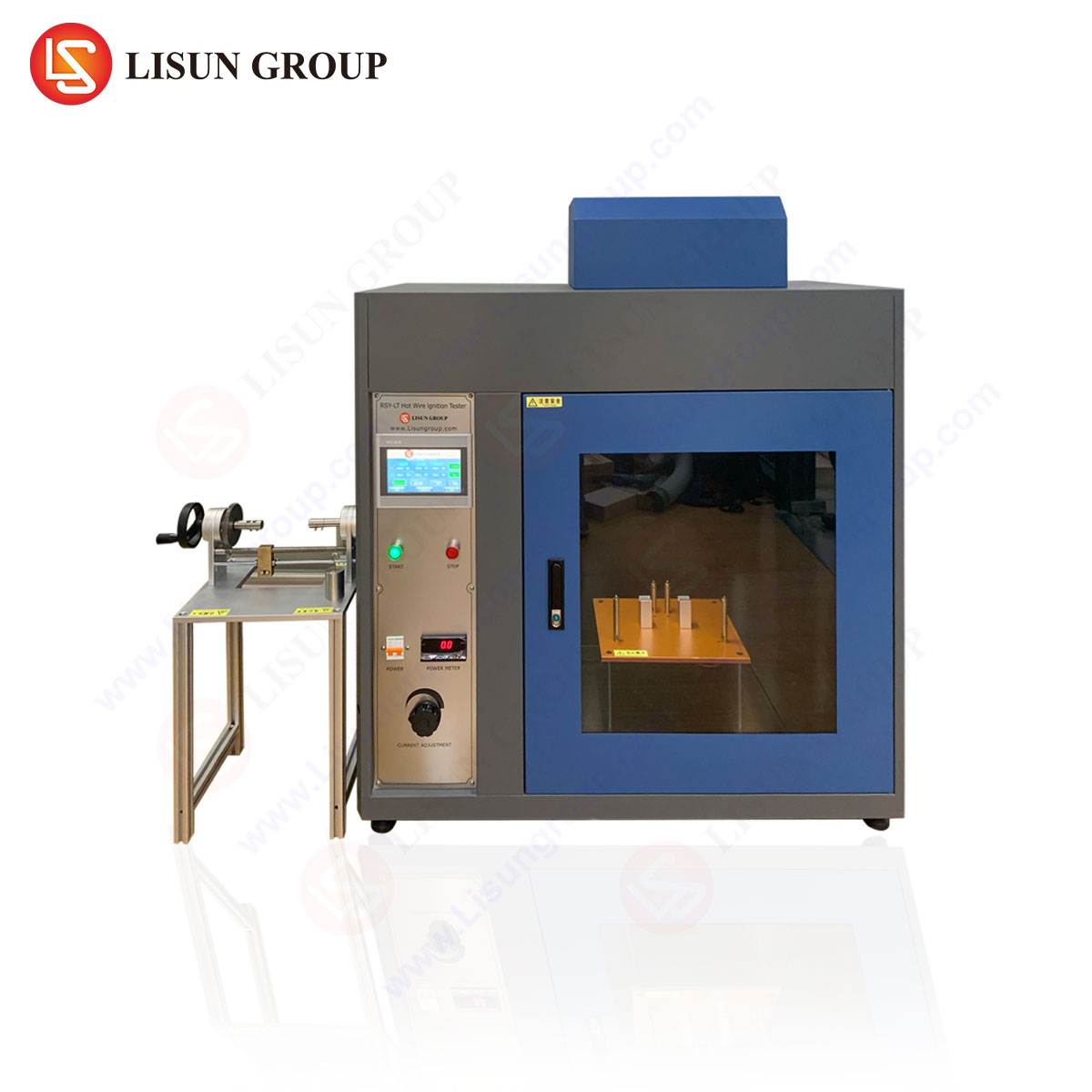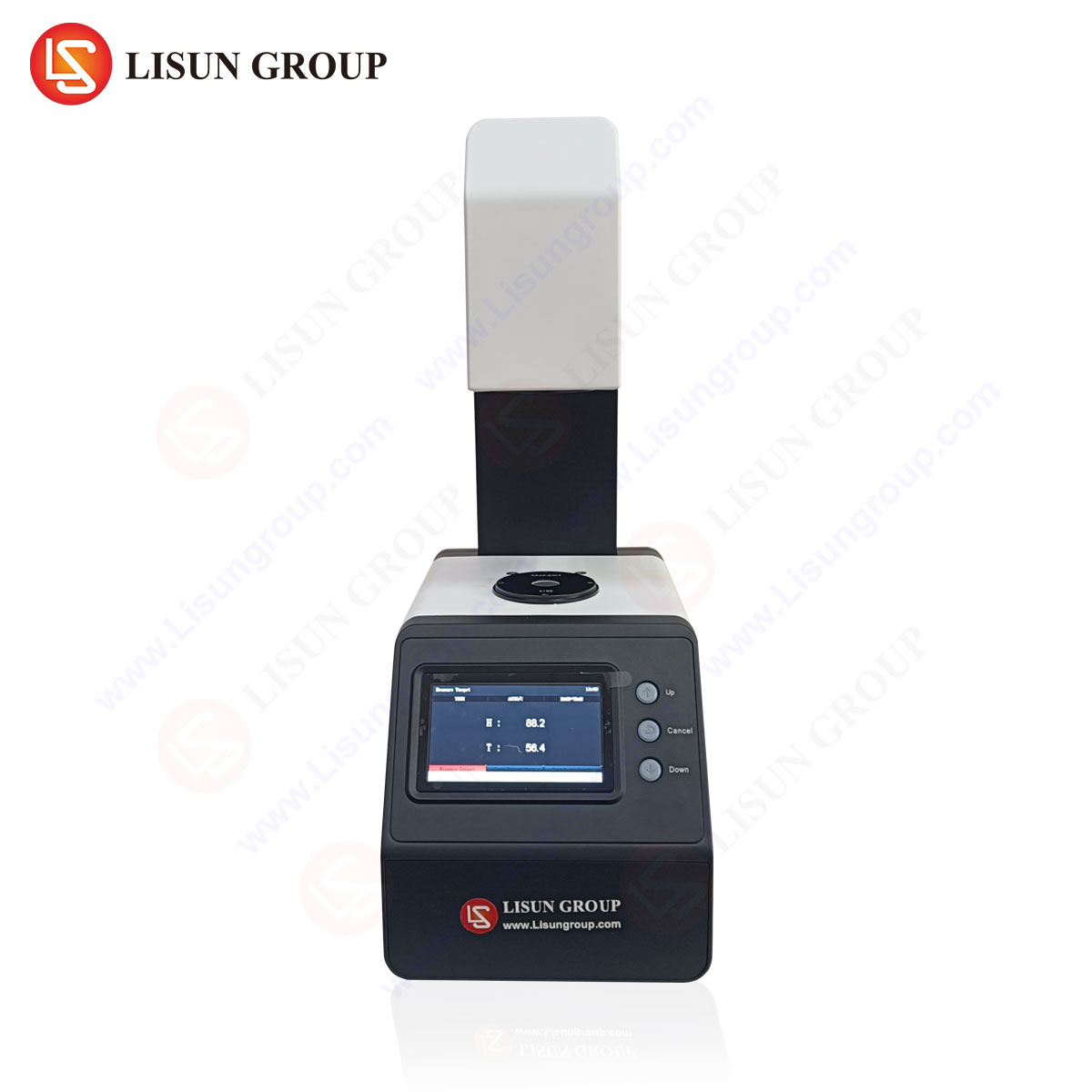Introduction to Flame Propagation Testing in Electrical Components
Flame propagation testing is a critical evaluation method for assessing the fire safety performance of insulated wires and cables. The IEC 60332-1-1 standard defines a vertical flame test procedure to determine the flammability characteristics of single conductors under controlled conditions. This test is essential for ensuring compliance in industries where electrical components must resist ignition and prevent flame spread, including automotive electronics, aerospace, telecommunications, and consumer electronics.
The test evaluates whether a single insulated wire or cable will self-extinguish after exposure to a defined flame source, minimizing fire hazards in enclosed or high-risk environments. Manufacturers rely on this standard to validate product safety, mitigate liability risks, and meet regional regulatory requirements such as UL, CE, and CCC certifications.
Test Methodology and Apparatus Requirements
The IEC 60332-1-1 test involves suspending a vertically mounted wire or cable specimen (typically 600 mm in length) and applying a 1 kW propane flame for 60 seconds at a 45-degree angle. Post-ignition, the specimen must not propagate flames beyond a specified distance (generally 540 mm from the lower edge) and must self-extinguish within a defined timeframe.
Key apparatus specifications include:
- A calibrated Bunsen burner with a 100 mm flame height.
- A draft-free test chamber to prevent external airflow interference.
- A specimen holder ensuring consistent vertical alignment.
- A timing mechanism with ±0.5-second accuracy.
The RSB-WC Tester di fiamma per cavi metallici di LISUN meets these requirements with additional enhancements, including automated flame application, real-time temperature monitoring, and digital data logging for repeatable results.
Material and Environmental Considerations
The flammability of wire insulation varies significantly based on material composition. Common insulation types include PVC, polyethylene, cross-linked polymers, and halogen-free compounds. Each exhibits distinct combustion behaviors:
- PVC: Contains flame-retardant additives but may produce dense smoke.
- Polyethylene: Highly combustible unless modified with fire suppressants.
- Halogen-free materials: Designed for low smoke emission but may require reinforcement to meet flame resistance thresholds.
Environmental factors such as ambient humidity, air circulation, and specimen preconditioning (e.g., 24-hour exposure to 23°C ±2°C and 50% ±5% relative humidity) influence test outcomes. The RSB-WC tester incorporates climate-controlled preconditioning chambers to standardize specimen preparation.
Industry Applications and Compliance Implications
Apparecchiature elettriche ed elettroniche
Wires used in circuit boards, power supplies, and control panels must comply with IEC 60332-1-1 to prevent short-circuit-induced fires. For example, industrial control systems in manufacturing plants require cables that resist ignition from electrical faults.
Elettronica per autoveicoli
High-voltage wiring in electric vehicles (EVs) undergoes rigorous flame testing to ensure passenger safety. The RSB-WC tester’s ability to simulate high-current fault conditions makes it ideal for automotive validation.
Aerospaziale e aviazione
Airframe wiring must withstand extreme temperatures and resist flame propagation to comply with FAA and EASA regulations. The RSB-WC’s precision aligns with DO-160 and Airbus ABD0100 testing protocols.
Technical Advantages of the RSB-WC Wire Cable Flame Tester
The LISUN RSB-WC system distinguishes itself through:
- Automated Ignition Control: Eliminates manual flame application variability.
- Multi-Gas Compatibility: Supports propane, butane, and methane for diverse testing scenarios.
- Integrated Data Acquisition: Captures flame height, burn duration, and afterglow times with ±1% measurement accuracy.
- Design modulare: Adaptable to IEC 60332-1-2 (bundled cables) and IEC 60332-3 (large-scale vertical tray tests).
A comparative analysis against conventional testers reveals a 30% reduction in operator-dependent errors due to the RSB-WC’s programmable logic controller (PLC) and touchscreen interface.
Case Study: Flame Retardancy Testing in Telecommunications Cables
A leading telecom manufacturer used the RSB-WC to validate Cat6 cables for data centers. Testing confirmed that halogen-free insulation met IEC 60332-1-1 criteria while maintaining signal integrity. Post-test analysis showed flame extinction within 15 seconds, well below the 60-second threshold.
Domande frequenti
Q1: How does the RSB-WC ensure compliance with IEC 60332-1-1?
The tester’s calibrated burner, controlled environment, and automated timing adhere strictly to standard-defined parameters, reducing deviations.
Q2: Can the RSB-WC test bundled cables?
While designed for single wires, optional fixtures enable testing per IEC 60332-1-2 for small cable bundles.
Q3: What maintenance is required for the RSB-WC?
Monthly burner nozzle inspections and annual gas flow calibration are recommended.
Q4: How does specimen thickness affect results?
Thicker insulation may delay flame spread but must still self-extinguish within the prescribed limits.
Q5: Is the RSB-WC suitable for aerospace wiring?
Yes, its precision meets DO-160 requirements for flame resistance in aviation components.
This technical exploration underscores the necessity of rigorous flame testing and the role of advanced equipment like the RSB-WC in ensuring global safety standards.


